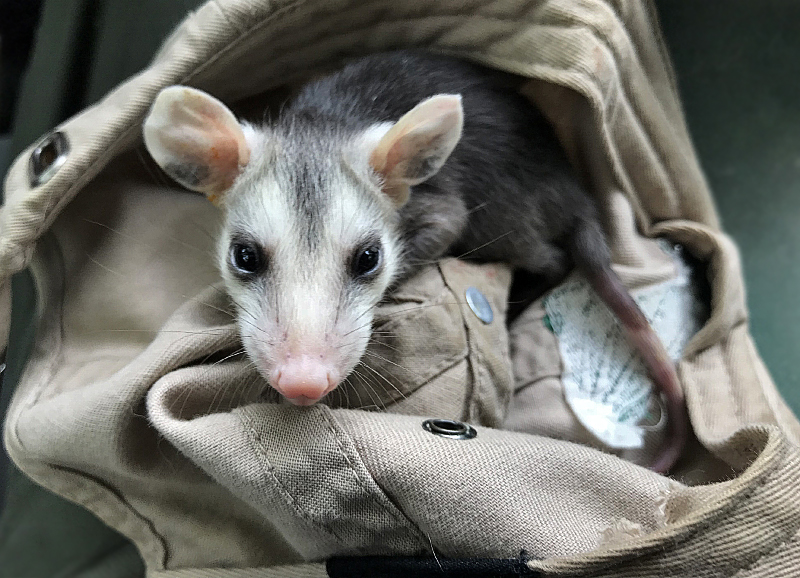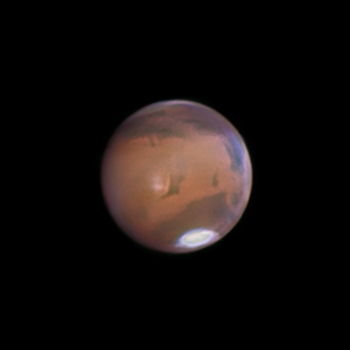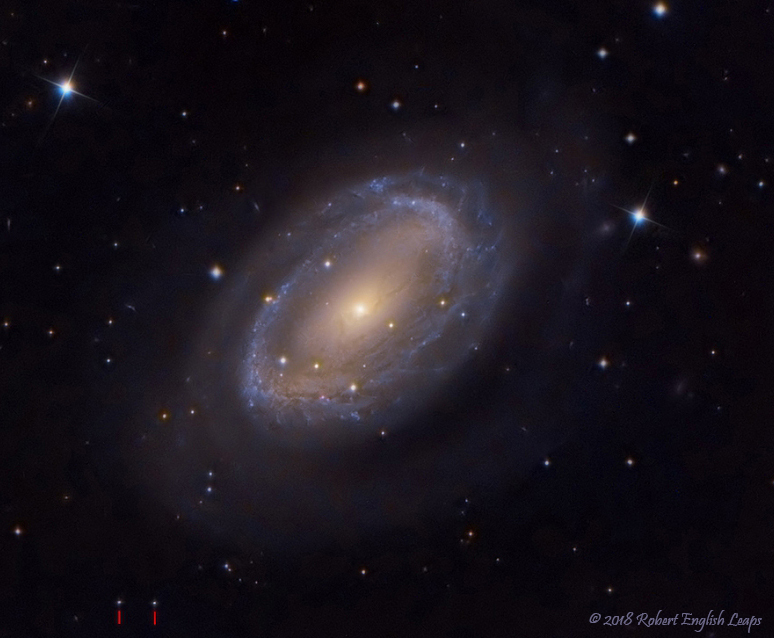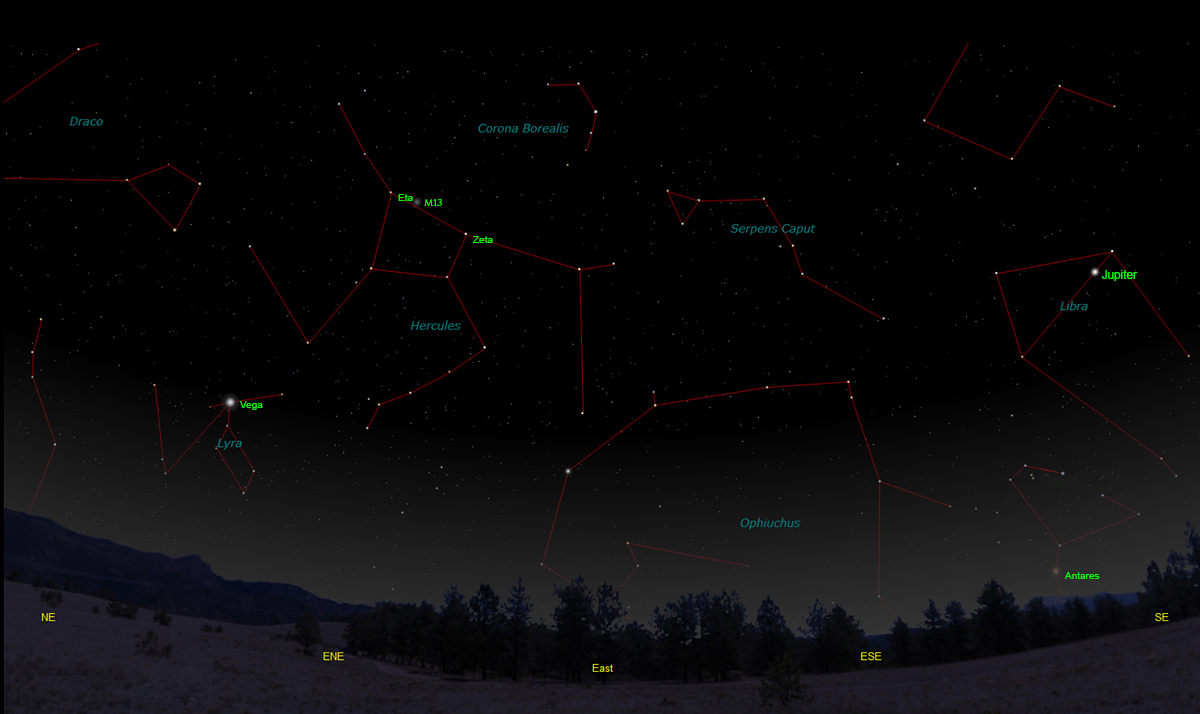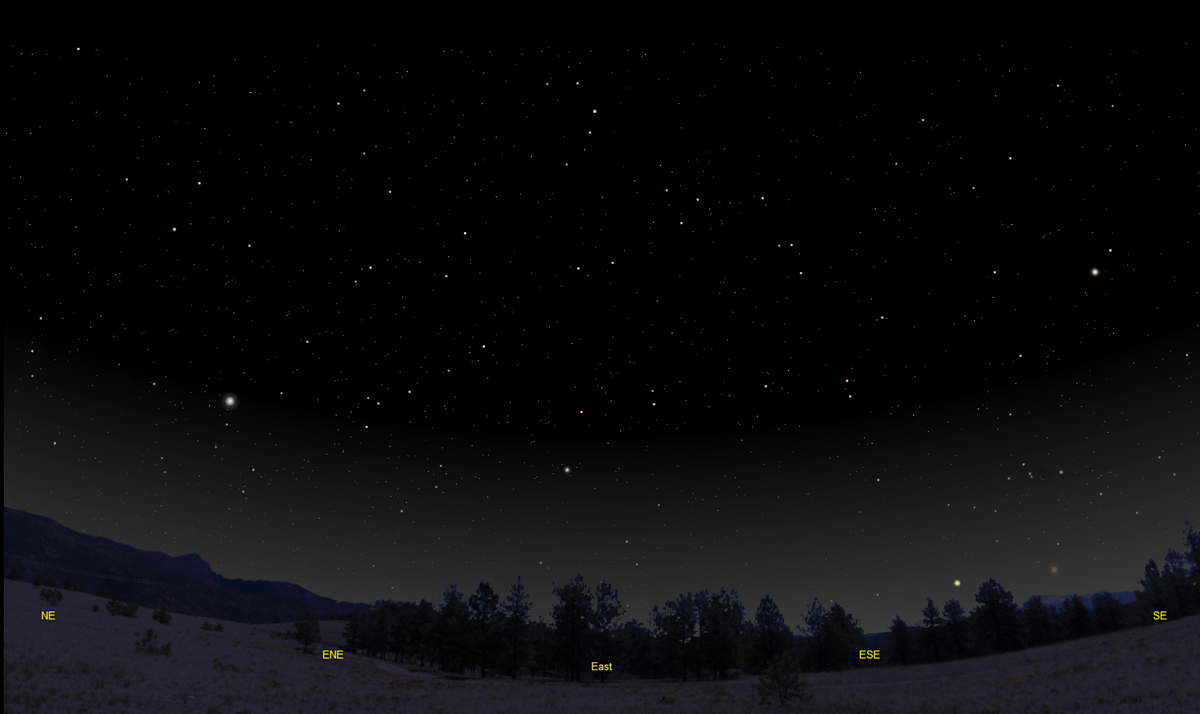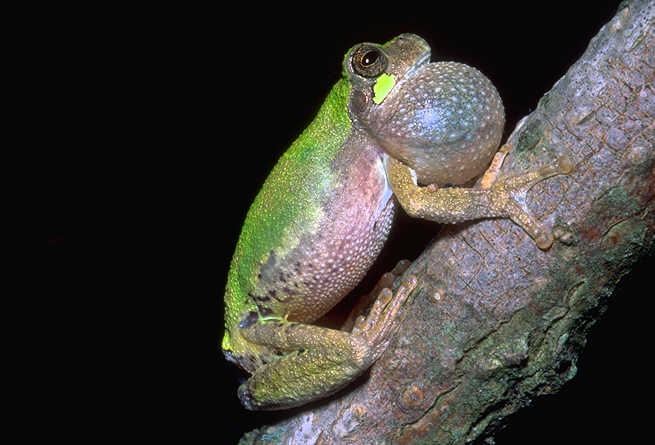The purpose of this feature is to give scout leaders, educators and naturalists an idea of some of the natural events coming up each month. We will try to cover a variety of natural events ranging from sky events to calling periods of amphibians, bird and mammal watching tips, prominent wildflowers and anything else that comes to mind. We will also note prominent constellations appearing over the eastern horizon at mid-evening each month for our area for those who would like to learn the constellations. If you have suggestions for other types of natural information you would like to see added to this calendar, let us know! Note: You can click on the hyperlinks to learn more about some of the featured items. To return to the Calendar, hit the "back" button on your browser, NOT the "back" button on the web page. All charts are available in a "printer friendly" mode, with black stars on a white background. Left clicking on each chart will take you to a printable black and white image. Please note that images on these pages are meant to be displayed at 100%. If your browser zooms into a higher magnification than that, the images may lose quality. We do not recommend Internet Explorer. Though we link book references to nationwide sources, we encourage you to support your local book store whenever possible.
Notes From April 2018
I dreaded turning back, because so much of the time when I do that I find a dead or dying animal. But turn around I did, and drove back to the spot. There, right in the center of the road, unmoving, was a young opossum. I whipped the car into a parking lot, and raced to try and get to it before another car came along. Miraculously, no car passed before I had the chance to run out and scoop it up into the ball cap I was wearing. I could see that its leg was badly scraped up, but apparently not broken. I wasn't sure if it had internal injuries. I ran back to my car and called someone who knew about wildlife rehabilitation in Chattanooga. She gave me three numbers. I called all and left a message, then took an image of the opossum as it curled up in my ball cap. Again, luck was with me. About 5 minutes later, I got a call back from Ann of Happinest Wildlife Rehabilitation and Rescue. Yes, she could meet me at the Hixson Publix in half an hour. I got on an interstate and headed for Hixson, with the opossum still in the ball cap on the console between the two seats. As I was negotiating several lanes of traffic merging from I-24 to I-75, things went awry. The opossum, who had been resting quietly in the ball cap, crawled out of the cap and disappeared onto the floor beneath my feet. There was nothing I could do but take the first exit and pull over to the side of the road. I stopped and searched everywhere for the opossum, under all of the seats and beneath the dash, but still could not find it. The situation seemed hopeless. A kind-faced woman from the DOT had pulled up behind me and she eventually walked up and asked what was wrong. "I have a small, injured opossum somewhere in this car", I said, "and I can't find it anywhere!" She glanced in the car through the open driver's door. "You mean that possum right there?" she said. I followed her gaze and there it was! It had just crawled down from beneath the dash in front of the driver's seat. I again scooped it up, this time put it into a box, and thanked her immensely, I then drove to Hixson, gave the opossum to Ann, and hit the road. I called Ann back a couple of days ago, and got a good report. The opossum's leg had been stitched up, she said, and it was recovering nicely. Somehow, with some good luck and a lot of kind people, it had made it. Virginia Opossums, Dedelphis virginiana, are the only marsupials in North America. The common name comes from an Algonquin name meaning "white animal." Opossums have as many as thirteen young. The newborn opossums, only about the size of a honey bee, have to make the risky migration from the birth canal to the mother's pouch. They eventually climb on their mother's back. After about four or five months, they leave their mother and are on their own. The hind feet of opossums have an opposable thumb. They are known for their ability to "play dead" to distract predators. Virginia Opossums are omnivorous, and persimmons are a favorite food. Snakes are among their prey, and they are said to have a high resistance to snake venom. They are also resistant to rabies, and and can be beneficial in that they successfully kill most ticks carrying lyme disease that attach to them. Sky Events for May 2018: Note that all times are for the central time zone. Those in the eastern time zone should add an hour to these times. Evening Sky: Venus sets in the southwest around 10:41pm CST at the beginning of the month. If you want to look at Venus with a telescope, try to look just as soon as it becomes visible against the bright twilight sky. Jupiter rises about 8:54pm CST at the beginning of the month in Libra. The great planet reaches opposition on May 8th, and appears more than 44 seconds of an arc in diameter. You can usually spot at least one of the Gallilean moons through binoculars, and follow their movements from night to night. It helps to steady your binoculars against something solid. Morning Sky:
Mars
is in Sagittarius this month. It rises about 1:50am CST at the Saturn is also in Sagittarius. It rises about 12:43am CST at the beginning of the month. You'll get your best telescopic views just before dawn. Saturn is beautiful in any size telescope. If you happen to be up in the early morning hours, it's nice to compare the color of golden Saturn and orange-red Mars. The apparent distance between the two planets continues to increase rapidly as the month goes on, with nearby Mars doing most of the movement.
Constellations: The views below show the sky looking east at 9:30pm CDT on May 15th, with and without labels. A sure sign that spring is here is the rising of the bright blue-white star Vega in the early evening. Vega is the brightest star in Lyra, the Lyre, and it shines like a diamond in a small telescope. Jupiter is prominent in the eastern sky in the early evening this month, outshining any stars in the east. As spring progresses and Hercules rises higher in the sky, look for the globular cluster Messier 13 (M13), which appears like a small fuzzy patch of light about 1/3 of the distance from Eta to Zeta Hercules (see illustration below). A cluster of stars about 21,000 light years away, M13 can be made out with the naked eye in a dark country sky when the constellation is high in the sky. Binoculars will help pick it out. The great Virgo cluster of galaxies is getting high in the sky now, including NGC 4725 pictured at right.
Amphibians: By the end of May all of Tennessee's frogs and toads are either calling or have already reached their peak calling period and are being heard less. The treefrogs are the last of our frogs and toads to start calling. Cope's Gray Treefrog and Gray Treefrogs start giving isolated calls as early as late February, and by the end of this month listen also for Bird-Voiced Treefrogs, Green Treefrogs and Barking Treefrogs. We had a terrific chorus of Barking Treefrogs, and many other species, on April 18th this year. In May we also hear Fowler's Toads calling frequently, so listen for their "crying baby" call. Eastern Cricket Frogs are hitting their stride as well. Listen for a sound like two stones being tapped together. We have heard eight or more species of frogs calling on some May evenings, so it's a great time to listen. Upland Chorus Frogs and Spring Peepers continue to call. Listen for their calls to increase in pitch and quicken with the rising temperatures. Recommended: The Frogs and Toads of North America, Lang Elliott, Houghton Mifflin Co. Archives (Remember to use the back button on your browser, NOT the back button on the web page!)
|
